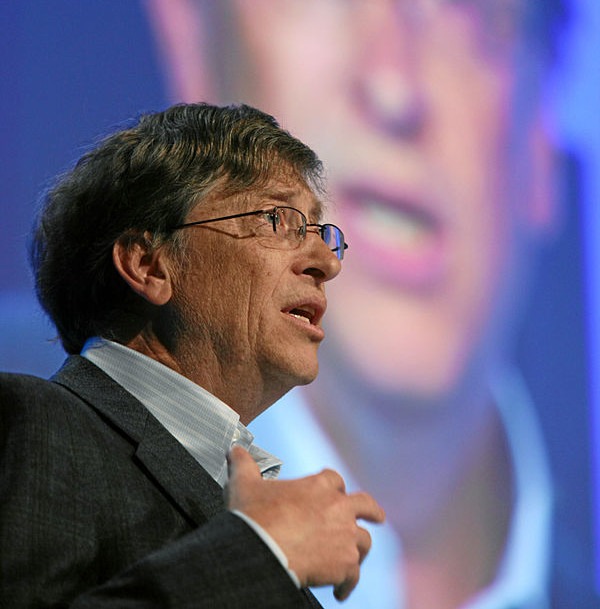
November 3, 2015; The Guardian
Linsey McGoey wonders aloud in the Guardian whether philanthropy is better off once the major donor has died—or, as she puts it, “Is the most effective philanthropist a dead one?”
McGoey seems to believe that the celebrity status of some billionaire donors gets in the way of necessary critiques of their financially backed influence. She uses as an example of that blinding celebrity halo a bizarre scene that played out when Bill Gates turned 60.
To mark the occasion, more than 1,000 schoolchildren in Chennai, India, were photographed in the courtyard of their school holding life-sized cutouts of Gates’s face, raised above their heads in military salute. A three-story-high image of Gates beams from the rear of the configuration, featuring an upbeat slogan: “Grow rich. Help others.”
She contrasts this to the understated approach of the Wellcome Foundation which “creates about the same ‘good,’ measured in financial contributions, many members of the public haven’t even heard of it—let alone praise the charity in the same way that the Gates Foundation is lauded.”
Sign up for our free newsletters
Subscribe to NPQ's newsletters to have our top stories delivered directly to your inbox.
By signing up, you agree to our privacy policy and terms of use, and to receive messages from NPQ and our partners.
“Most organizations on a par with the Gates Foundation are fair game for academic and journalistic investigation,” she writes:
When a health catastrophe strikes, many governments and UN organizations such as the World Health Organization are subjected to sustained internal and external review. The Gates Foundation, while as powerful, rarely faces the same scrutiny.
We need to challenge this silence. We need loudly to ask an uncomfortable question: do foundations narrow wealth inequalities or simply preserve them? Are foundations at their most radical when they exist to serve a benefactor’s hopes and whims—or when they’re emancipated from such an obligation?
McGooey generally believes that it is hard to be clearheaded about social inequities when that is the way that you, personally, have made your money. She posits that the “big three” U.S. foundations—Ford, Rockefeller and Carnegie—only began to sympathize with labor and civil rights movements after their founders were dead, and that Ford’s grandson Henry actually resigned from the foundation in in 1977, writing that “a system that makes the foundation possible very probably is worth preserving.”—Ruth McCambridge













